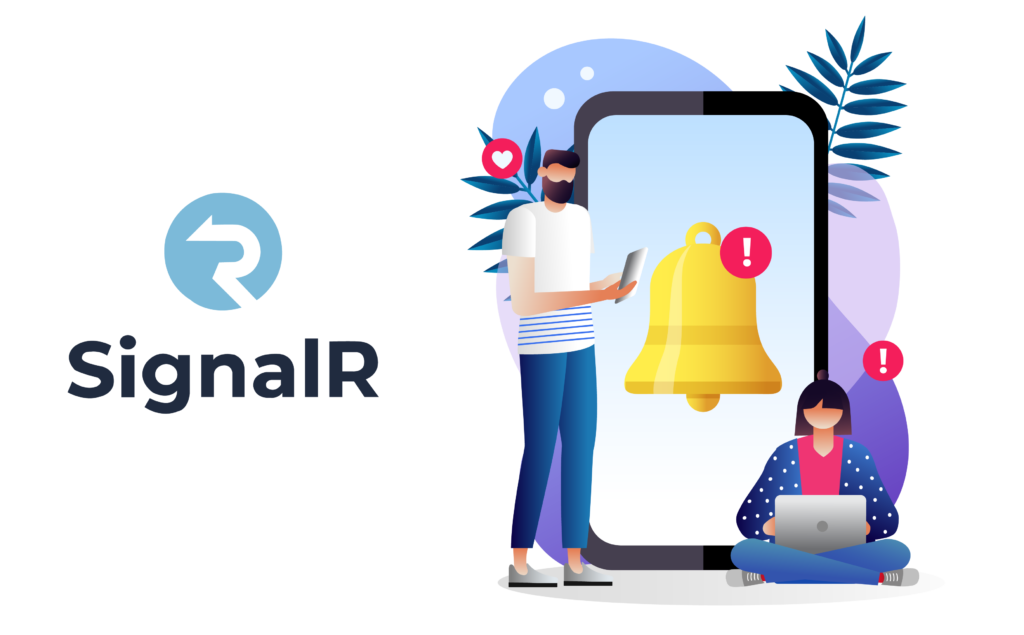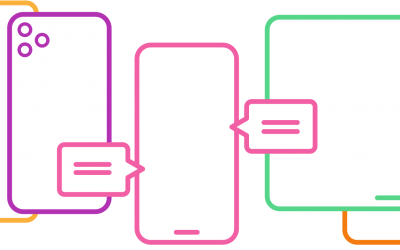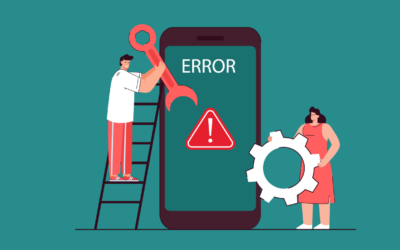Table of Content
Create apps communications with the SignalR protocol to build real-time connectivity for chat, apps, broadcasting, gaming, and IoT solutions. You can create customized features and capabilities as well as optimize costs by developing a free open-source real-time solution.
Build server-side code in Java, Node JS, or .NET and utilize existing libraries to implement SignalR to create a consistent interface and handle connections using various two-way communication protocols. Then, identify the situations in which to implement SignalR and add real-time communication to your client app with little code.
What is SignalR?
SignalR is a two-way RPC protocol (request–response protocol) used to exchange messages between client and server (bi-directional communication) that works independently of transport protocols.
Create fast real-time web functionality for real-time apps that use notifications. The SignalR API creates a server-to-client remote procedure call (RPC) to a function in the client browser (server–push functionality) and call (invoke) methods from a server on clients (.NET, Java, JavaScript).
Implement SignalR to add pushing content functionality from the server to connected clients in real-time. SignalR is an abstraction layer that leverages transportation methods to work real-time between server and client, including connection management through APIs and support of transportation methods. SignalR supports the following transport methods:
- WebSockets
- Server-Sent Events (SSE)
- Long Polling
- Forever Frame
SignalR supports many platforms, servers, client configurations, and transport options, establishing connections depending on criteria, but giving preference to WebSocket as the optimal transport. As a result, you can code SignalR client code that is portable across platforms.
WebSocket has the most stringent requirements and the only true-persistent connection between server and client. It is supported by the latest versions of browsers such as Chrome, Explorer, and Firefox, yet has only partial implementations in Safari.
Create Project and Add SignalR iOS Libraries
Implement SignalR by adding iOS client libraries available for download (for Objective-C and Swift). Then, connect the SignalR hub URL and proxy name to the library and subscribe to the hub method. SignalR provides asynchronous libraries to build customized solutions.
- SignalR-ObjC: SignalR Objective-C is an Objective-C client library for SignalR that works with iOS and Mac and is used with the ASP.NET SignalR library. It is an open-source library with a license available under MIT license; it is developed by DyKnow, a high-performance software provider with experience in instant messaging products. You can integrate it into your XCode project using the CocoaPods dependency manager.
- SignalRSwift: SignalRSwift is an open-source library based on SignalR-ObjC, available for free under the MIT license. It is also intended to be used with the ASP.NET SignalR library.
SignalR Communication Models
The SignalR API has two models which can be used for connecting servers and clients and adding services to an app.
- SignalR Hub API. The hub is a pipeline through which to handle communications. You can code a SignalR hub and configure a communication endpoint to connect with your apps using client libraries. First, create a hub or class for persistent connections (invocation model) between server and client. Then, create a subscription to the hub method and a code to invoke a hub method to send messages. The SignalR hub’s API contains the properties and methods necessary to manage and track connections. Also, you can connect your SignalR hub with client SDKs (JavaScript, .NET, and Java) for receiving messages.
- Persistent Connections. The persistent connection API provides the SignalR protocol and represents an endpoint for sending messages in a messaging and dispatching model.
The SignalR protocol has two built-in formats for message encoding and decoding: one is JSON (text-based), and the other is MessagePack (binary serialization) to deserialize objects. Hubs send messages containing names and parameters to match the client method and call the method.
Reach out to one of our IoT developers to discuss how to configure SignalR hubs, define call SignalR methods, implement SignalR in web API, SignalR with Vue JS or Angular, and other SignalR implementations. You can find the SignalR Hub protocol on GitHub.












0 Comments